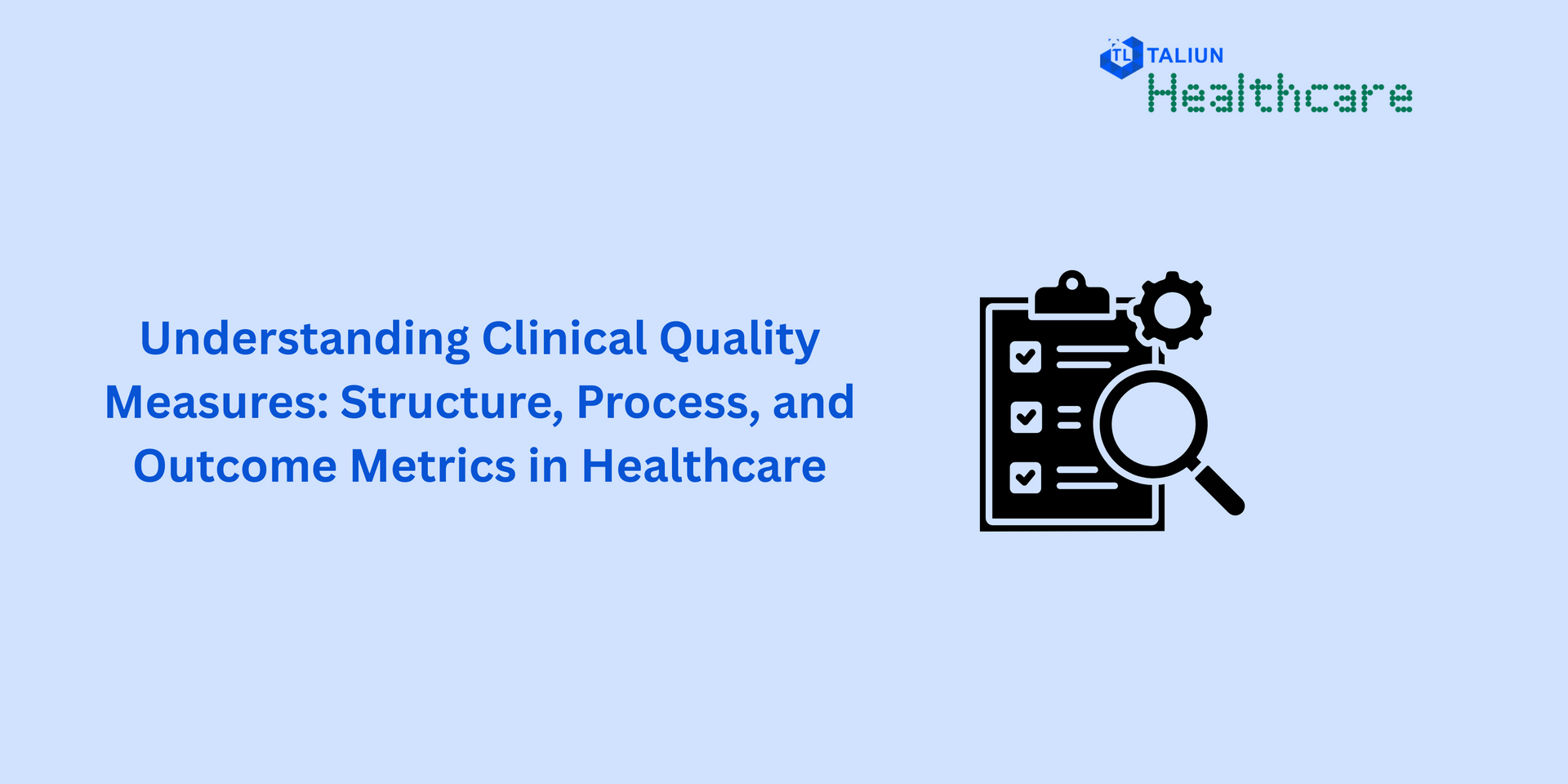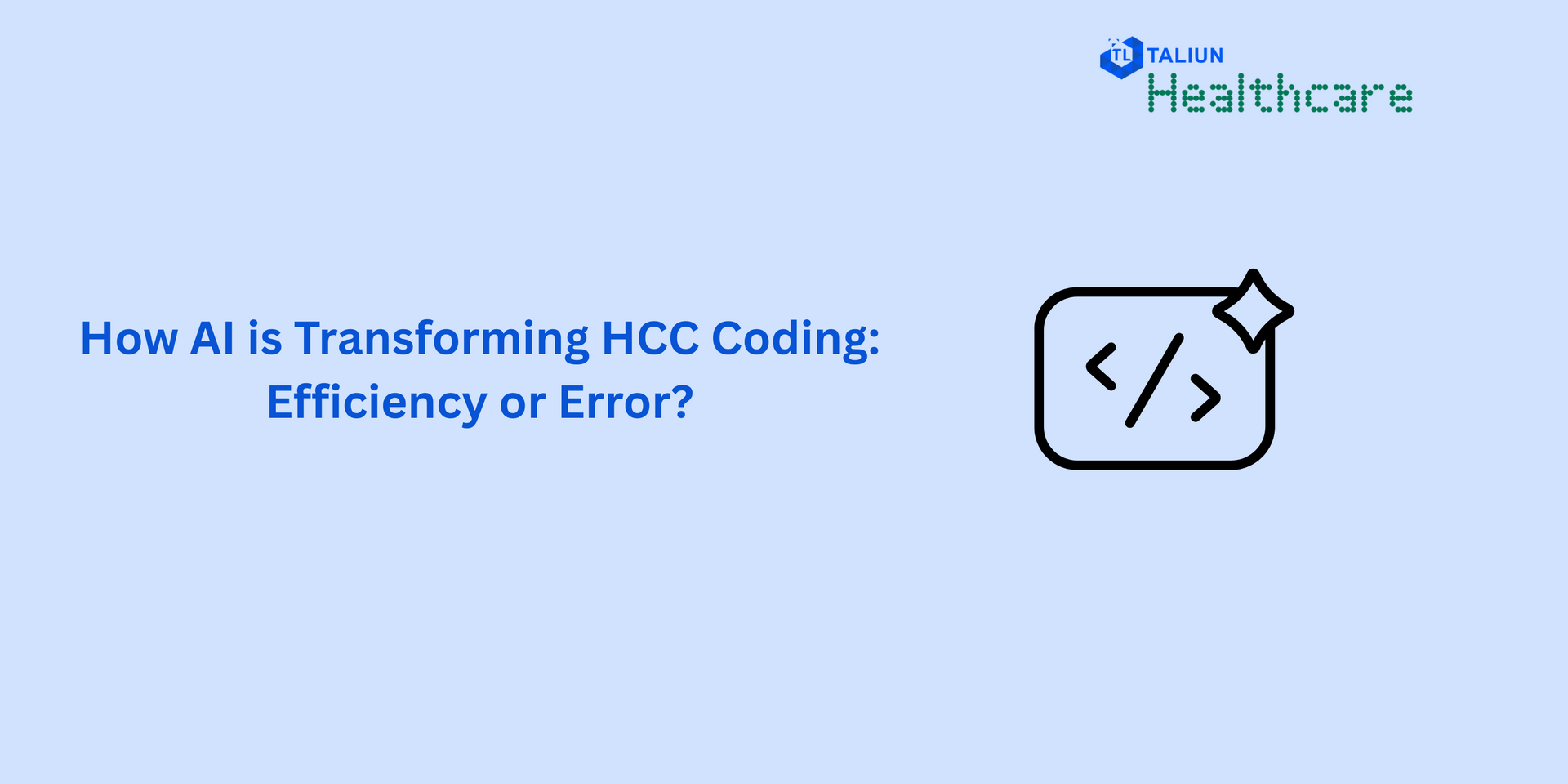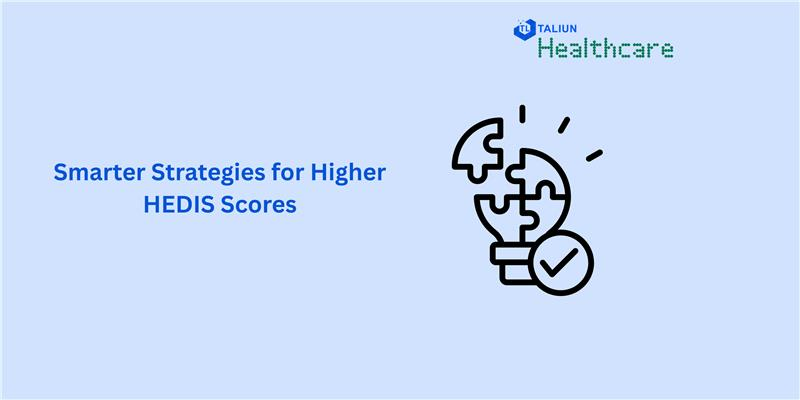How TEFCA Is Scheduled to Change Care Landscape
New Title
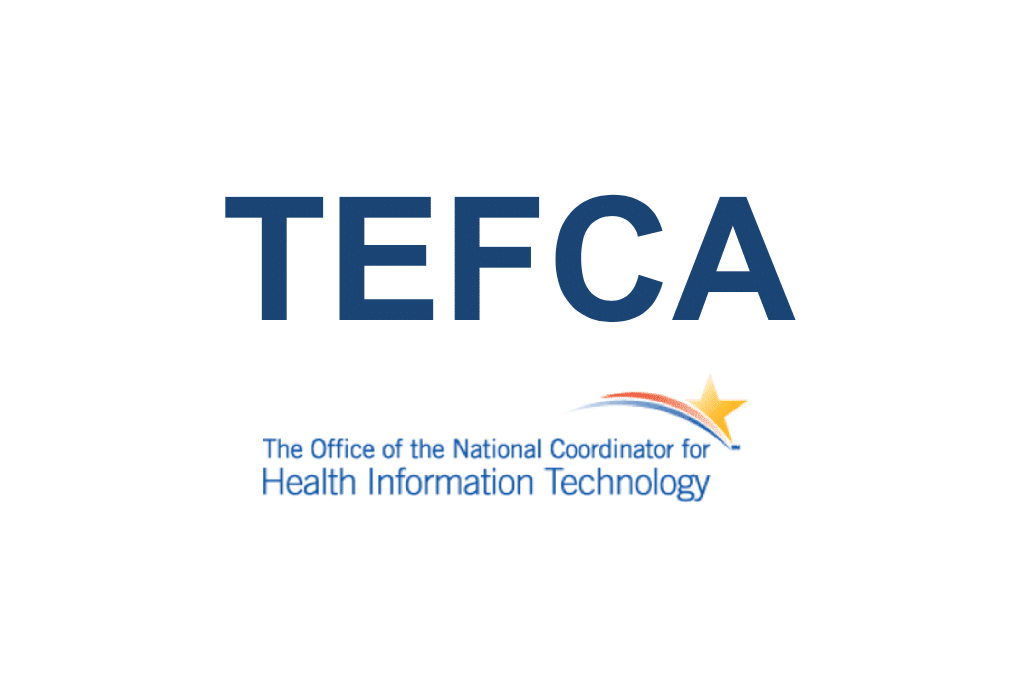
Introduction:
TEFCA has here at last. With the aim of creating a "common floor of interoperability" throughout the health IT ecosystem, this comprehensive roadmap to health data interoperability has been finalised and published after years of development and discussion.
This historic framework codifies and supports many of the interoperability initiatives already gaining traction in the healthcare sector, such as the use of shared technical standards and patient ownership of personal health data, even though it is not legally binding and does not include rewards or punishments to encourage adoption.
Here is an explanation of the Trusted Exchange Framework and Common Agreement (TEFCA), which will direct the subsequent round of connectivity initiatives across the US.

What is TEFCA?
The Trusted Exchange Framework and Common Agreement is referred to as TEFCA. It is a project of the US federal government's ONC that aims to provide a secure standard paradigm for healthcare organisations to exchange health information throughout the nation.
Prior to TEFCA, it was essential for individual healthcare providers and Health Information Exchanges (HIEs) to collaborate in order to set up the infrastructure for exchanging health data, which included technological, procedural, legal, legal, security, and other elements.
The final version of TEFCA, released in 2022, offers a single set of guidelines as well as a "on-ramp" to the federal sharing of health data. If a healthcare organisation wants to participate, it must apply to become a Qualified Health Information Network (QHIN) and follow specific guidelines, including those relating to cybersecurity. The Trusted Exchange Framework and Common Agreement is referred to as TEFCA. It is a project of the US federal government's ONC that aims to provide a secure standard paradigm for healthcare organisations to exchange health information throughout the nation.
Prior to TEFCA, it was essential for individual healthcare providers and Health Information Exchanges (HIEs) to collaborate in order to set up the infrastructure for exchanging health data, which included technological, procedural, legal, legal, security, and other elements.
The final version of TEFCA, released in 2022, offers a single set of guidelines as well as a "on-ramp" to the federal sharing of health data. If a healthcare organisation wants to participate, it must apply to become a Qualified Health Information Network (QHIN) and follow specific guidelines, including those relating to cybersecurity.
The Office of the National Coordinator (ONC) was mandated by the 21st Century Cures Act of 2016 to create a trusted exchange framework and common agreement to harmonise different health information exchange (HIE) efforts across the country.
The end result of these two objectives is TEFCA. The Common Agreement creates a "network of networks" to carry out these objectives while the Trusted Exchange Framework describes the interoperability rules. Qualified Health Information Networks (QHINs) that have just been formed will voluntarily sign a contract to supply infrastructure and give advice on smooth data interchange.
Standardization, openness, cooperation, privacy and security, access, equity, and public health are just a few of the framework's seven guiding principles.
How TEFCA Is Scheduled to Change Care Landscape:
TEFCA heralds a paradigm shift in how stakeholders see data interoperability. It is a widely held understanding that as value-based care and consumerism gain traction, commercial barriers are already melting and that the new market will demand more transparency from providers and technology companies.
TEFCA will provide the industry with the extra push it needs to overcome its resistance to actively coordinate treatment and give patients more freedom over how they view, manage, and share their own information.
As a result, a health system will be created where doctors, public health organisations, patients, and carers can easily access the information they need to make knowledgeable healthcare decisions.
Health tech with a purpose:
Without a doubt, technology is essential to the long-term success of healthcare institutions of all sizes. The solution, however, does not lie in merely investing more money in technology. To make sure they will address both short-term and long-term goals, technology solutions must be properly assessed. This involves making sure interoperability is a priority during construction.
TEFCA emphasises the value of open technologies and industry standards for continuing healthcare interoperability, including HL7 and Fast Healthcare Interoperability Resources (FHIR). Healthcare interoperability services are beneficial for more data driven results. Information interchange is made possible by a technology architecture based on open standards that permits healthcare organisations to keep utilising their current systems and improve their IT environments without having to completely replace them.
More than just collecting and archiving copious amounts of healthcare data constitutes being "data-driven." It necessitates having the ability to quickly share, evaluate, and retrieve the data required to motivate behaviour. Lot of Healthcare Data Software Platform are available to analysis. Additionally, a company must strike a balance between the necessity to be sustainable and the ambition to be innovative. Fortunately, there are many instances of nations turning enormous volumes of data into useful knowledge about their patient populations.
American healthcare authorities should look abroad to see how other nations operate and then take appropriate action. Healthcare executives, many of whom are ardent supporters of established practises and industry veterans, must view the potential of cutting-edge technology not as a threat but as a welcome wake-up call. Real change can happen by adopting these unconventional viewpoints and looking at things from an outsider's vantage point.
How TEFCA and QHIN are connected:
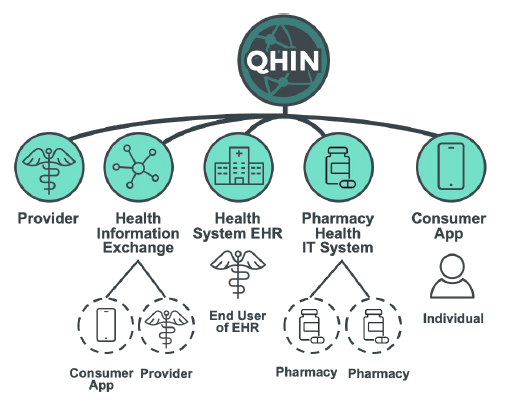
A collection of businesses known as the Qualified Health Information Network (QHIN) have agreed to share data with one another. The direct linkages between QHINs promote interoperability amongst the various healthcare networks. The success of TEFCA depends on QHINs since they make it possible for healthcare professionals to communicate with one another.
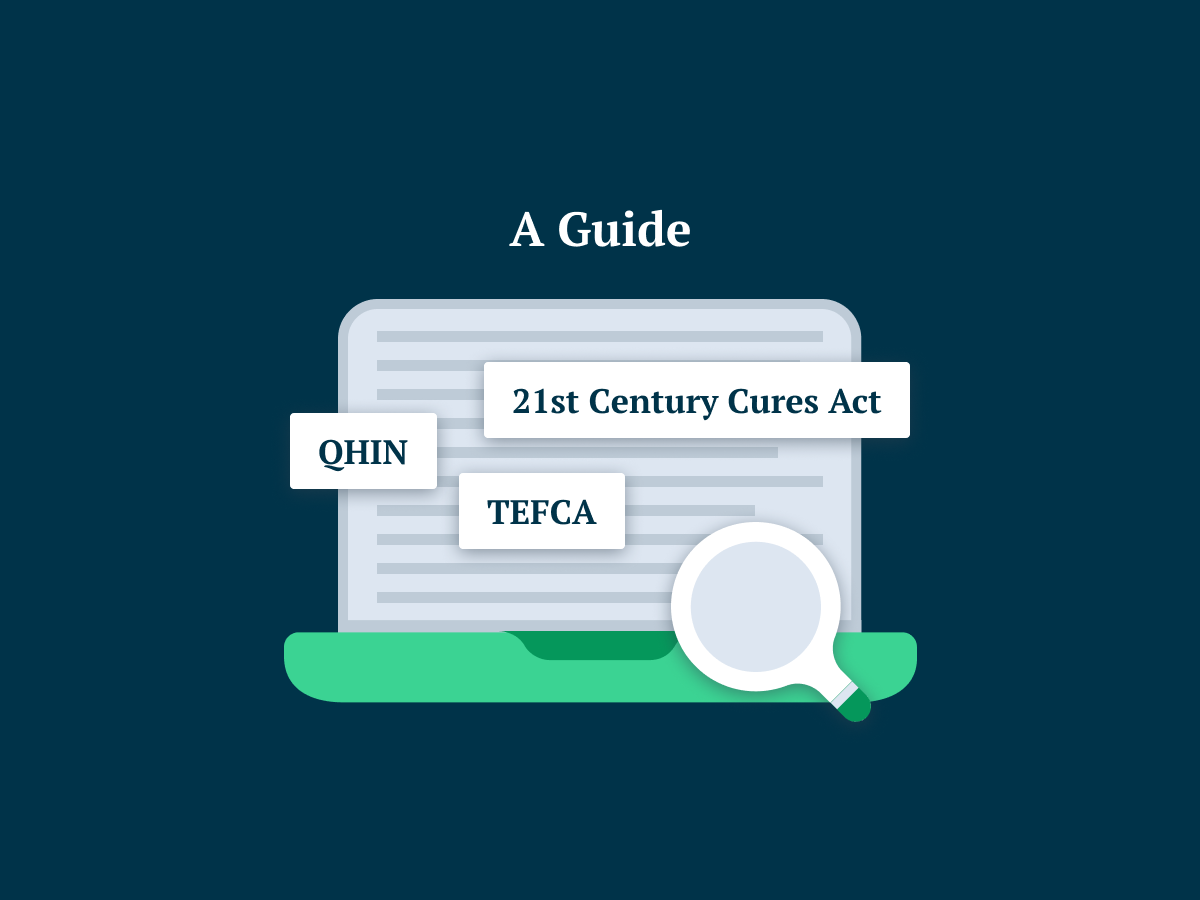
Conclusion:
To put it briefly, the Trusted Exchange Framework and Common Agreement (TEFCAmain )'s goal is to establish a standard for interoperability across the country. A standard level of interoperability across the nation is what the Trusted Exchange Framework and Common Agreement are ultimately intended to achieve. Independent of the network they are using, the Common Agreement will provide the technical architecture and governance strategy needed for users to securely communicate basic clinical information with one another while abiding by generally accepted standards and rules. The Trusted Exchange Framework is a set of de facto standards for trust practises and policies that can improve HIN communication.

